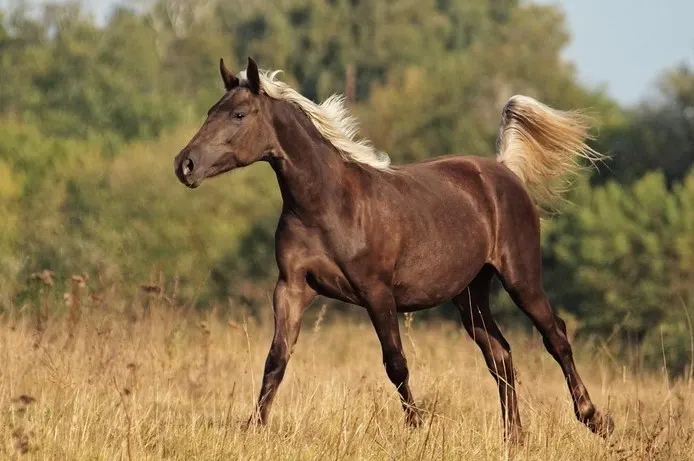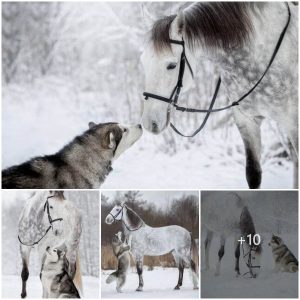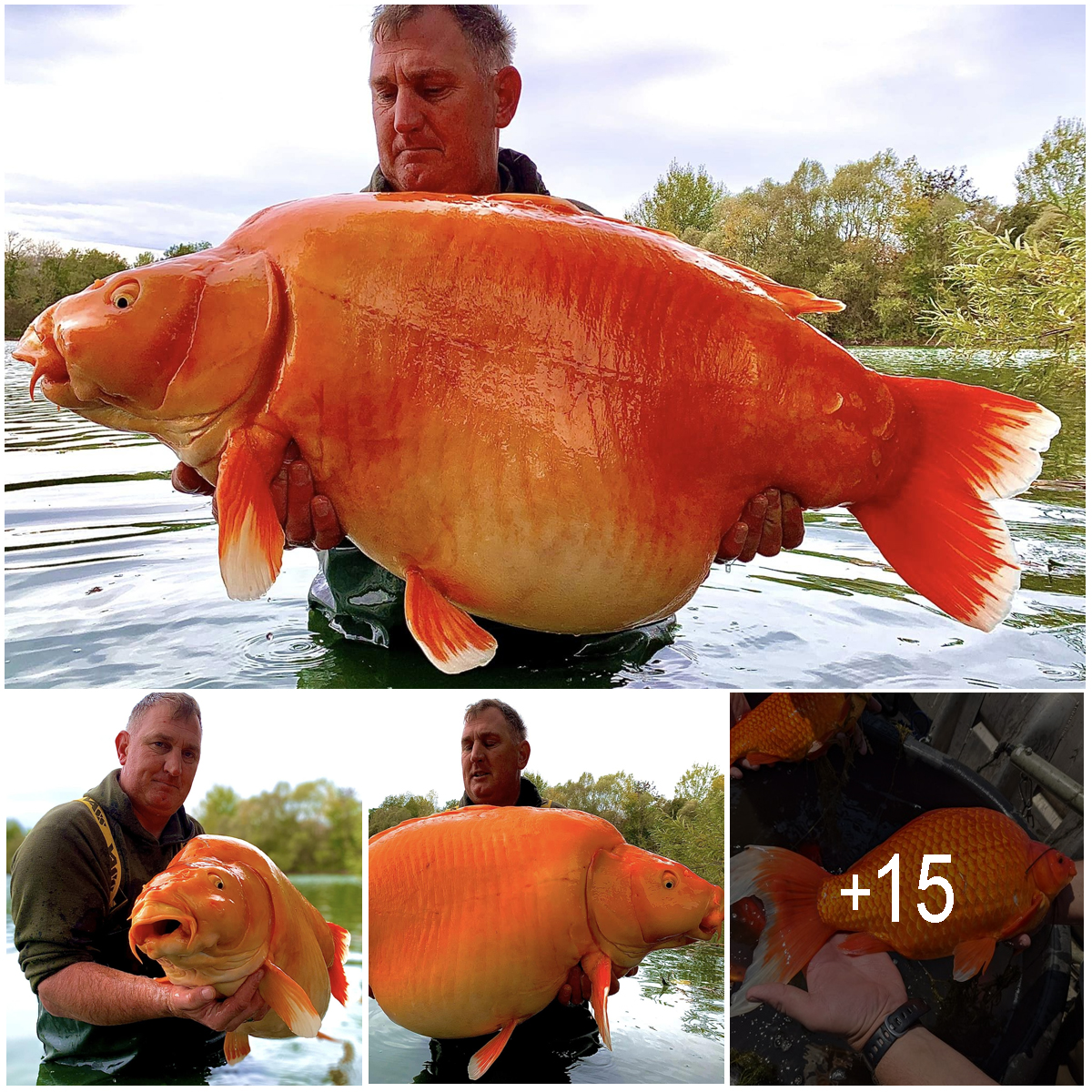The Rocky Mountain Horse is a stunning breed in both appearance and temperament. Known for their comfortable gaits and affection for humans, these horses are sure to steal your heart!
The breed’s history has run parallel to that of the Kentucky Mountain Saddle Horse, and both breeds can be registered with the Mountain Pleasure Horse Association.
There are two types of Rocky Mountain Horses: the foundation type and the modern type. These horses are of medium weight, with an average height of 14 to 16.
The Rocky Mountain Horse has adapted perfectly to the mountainous region where it’s from. Harsh winters and low temperatures are not an issue for these hardy horses.
1. The Breed Didn’t Originate in the Rocky Mountains
Despite its name, the Rocky Mountain Horse developed in the Appalachian Mountains of Kentucky. It was the foundation stallion that initially came from the Rocky Mountains of the western United States.
This stallion, known as the “Rocky Mountain Horse,” arrived in eastern Kentucky as a colt around 1890. He already possessed key qualities of the modern breed, such as a chocolate flaxen color and natural gaited ability. This stallion was used to breed local mares, and eventually, a new type of horse emerged.

The pedigree of the foundation stallion was never uncovered, although his gaited ability suggests the influence of the Narragansett Pacer. A key descendant of the foundation stallion was Old Tobe, who became the father of the modern Rocky Mountain Horse breed.
According to the Rocky Mountain Horse Association, Old Tobe was famous for passing on his best qualities to his offspring. These included the special “single-foot” gait, surefootedness, longevity, and good nature.
Old Tobe belonged to the prominent 20th-century horse breeder Sam Tuttle. Tuttle was deeply passionate about his horses, so much so that he maintained a herd of 30-40 horses even through the Great Depression and Second World War. He used Old Tobe to produce excellent trail horses until the stallion was 34 years old, ensuring the continuity of the breed.
2. There Are Around 25,000 Rocky Mountain Horses in Existence
Rocky Mountain Horses were a popular means of transport due to their comfortable gaits and surefootedness. While the improving infrastructure eliminated the need for gaited horses throughout the United States, Rocky Mountain Horses were still needed in the less developed Appalachian Mountains. Hence, the breed survived into modern times.
Considering the breed existed since the late 19th century, the Rocky Mountain Horse Association was formed relatively recently, in 1986. By 2005, the association had over 12,000 registered horses, which increased to 25,000 by 2015. With the studbook closed, only the offspring of registered Rocky Mountain Horses may be regarded as purebred.
According to Horse Canada, around half of the world’s Rocky Mountain Horse population resides in Kentucky. Ever-increasing in popularity, the breed is now found in 47 states and 11 countries.

3. Most Rocky Mountain Horses Are Silver Dapple
Most, but not all, Rocky Mountain Horses boast a fabulous chocolate coat and flaxen mane and tail. Considered one of the rarest horse coat colors, this unique coloration results from the rare silver dapple gene expressed on a black base color. This gene produces the dappling effect on the horse’s coat and a mane and tail several shades lighter than the coat.
While chocolate flaxen is the most common and popular color in the breed, the registry accepts all solid colors. Black is the second most commonly occurring color, while around 2.5% of the population are palominos. Other dilution colors such as buckskin and cremello can also be seen, along with the occasional roan.
As for white markings, the registry only allows minimal markings on the legs and head. Horses with white markings extending above the knee are not eligible for registration.
4. Morgan Horses Are Gaited
Gaited horses exhibit special gaits other than walk, trot, canter, and gallop. Eastern Kentucky has always been renowned for its gaited horse breeds, developed from English and Spanish horse breeds. The Rocky Mountain Horse is no exception.
Instead of trot, these horses exhibit a four-beat ambling gait called the “single-foot.” Like the trot, this is an intermediate gait, although there is no moment of suspension between the footfalls. As there is always one foot on the ground, the single-foot provides a much smoother riding experience than a two-beat gait.
Other than being comfortable to the rider, the single-foot is also a much more efficient gait. Horses in this gait can maintain an average speed of 7 mph (11km/h) on uneven ground, and up to 16 mph (26 km/h) on smooth ground. In contrast, the average speed of trot is between 6 and 8 mph (9.7 to 12.9 km/h).
Also, read our guide about special gaits and gaited horse breeds.

5. They Make Excellent Trail Riding And Ranch Horses
Historically, the Rocky Mountain Horse served as an all-around riding, driving, and workhorse. Farmers used these horses to work the lands in the Appalachian foothills and herd cattle. Meanwhile, both adults and children could travel on their backs.
During the Prohibition (1920-1933), Rocky Mountain Horses could often be seen pulling carts full of milk barrels. In reality, these barrels contained “moonshine” instead of milk, which Kentucky was notorious for producing. Hence, many locals called the breed “moonshine horse” during this period.
Due to their Spanish ancestors, Rocky Mountain Horses have excellent “cow sense” and are still used on cattle ranches to this day.
Equestrians love the breed for its talent in endurance and competitive trail riding, or simply as a pleasure horse. These are kind and gentle horses that are suitable for children, elderly and disabled riders.
6. Rocky Mountain Horses Are Easy Keepers
Rocky Mountain Horses are famously hardy, and for good reason. Around the turn of the 20th century, life was hard for these versatile horses. Day after day, the Rocky Mountain Horse worked tirelessly pulling plows, carts and transporting riders over the rugged mountainous terrain.
Horse owners in Appalachia couldn’t afford fancy facilities or provide special care to their animals. Most Rocky Mountain Horses spent the winter outside with little shelter and only rough silage for food.

When farmers were running low on forage, the horses would eat the bark off the trees and survive on whatever food they could find.
After decades spent in poor living conditions, only the toughest horses survived and passed on their genes. This form of natural selection produced extremely resistant horses that are economical to feed and keep. (Source: Rocky Mountain Horse Association)
7. There Is an Annual International Rocky Mountain Horse Show
To celebrate and promote this outstanding breed, the Rocky Mountain Horse Association has held its International Grand Championships each September since 1988. The event takes place at Kentucky Horse Park in Lexington and is undoubtedly the biggest competition within the breed.
The championships draw Rocky Mountain Horse breeders and enthusiasts from across the United States each year. Horses from all over the country come together to compete for the honorable title of Grand Champion.





